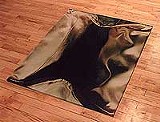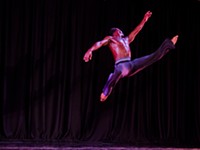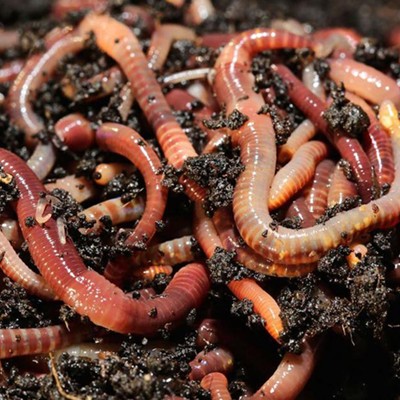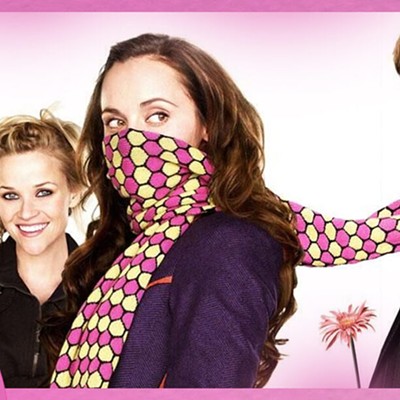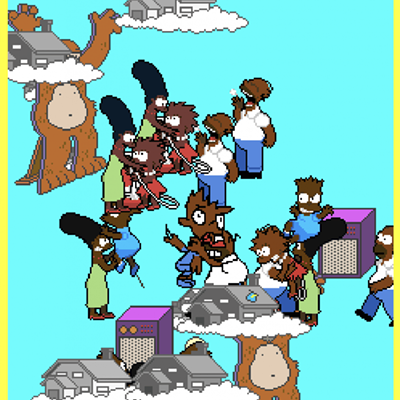[
{
"name": "500x250 Ad",
"insertPoint": "5",
"component": "15667920",
"parentWrapperClass": "",
"requiredCountToDisplay": "1"
}
]
Andy Warhol once said, "If you want to know all about Andy Warhol, just look at the surface of my paintings and films and me, and there I am." If you want to know all about Joy Episalla, you'll need to do exactly the opposite. You need to dig.
The subjects of her photographs, videos, and installations are not terribly interesting: a mattress, a couch, a wall, a bookshelf, a curtain, a carpet, a handbag, and a couple of towels. Apart from one photograph of a blasted-out car windshield, you might be forgiven for thinking that Episalla just spent a day wandering around her apartment with a camera.
But the focus of this show is her mother's apartment --- in particular, the couch in her mother's apartment. Episalla tells the story of how, when the couch was put up for sale, she was approached by a woman who offered to buy it, but only for its "skin." She wanted to use the velvet covers to make teddy bears. The deal eventually fell through, but this bizarre encounter inspired Episalla to film herself performing a kind of ritualized skinning of the couch. She then orchestrates her own personal chainsaw massacre as the "carcass" is sliced vertically into five equal pieces.
These padded wooden structures stand like giant pork chops in front of three simultaneously running videos documenting the various stages of this art-butchery. Apologies for the over-extended metaphor, but I linger on the visceral details to make a point: This show is not about domestic paraphernalia; it's about the body.
So the two towels hang like figures in purdah; the video, which traces the surface of a trampled carpet, pausing over dents left by furniture, might as well be traversing someone's skin, with all its dimples, creases, and imperfections.
A large photograph of a gaping handbag, viewed from above, is laid out on the floor of the gallery's small project room, whose curving walls are papered with images of the couch's undulating cushions. It seems like an odd combination until you suddenly realize you are inside a womb.
Another space evokes life and death through two deceptively simple pieces. In curtain, a handheld video of translucent cloth gently blowing in front of an open window also records the movement of Episalla's own breathing as the frame moves slowly up and down. This is paired across the corner of the room with car #1, a photograph of a windshield punctured with a large mouth-shaped hole. The gray ash all around signals that it was taken in the aftermath of the 9/11 disaster. It is as if the car had gasped its last.
Death crops up again in a seemingly innocuous photograph of the couch under a protective white sheet, like a coffin under its pall. Above it hover the ghosts of three pictures that have been removed from their hooks, leaving faint stains on the wall where they once hung. A close up of these, entitled wall #3, hangs opposite like some minimalist version of a three-paneled altarpiece.
The most moving work in the show is portrait of FM, the only title that directly references a person --- the initials stand for Frank Moore, a close friend of the artist who recently passed away. You might have expected Episalla to call it bookcase,as that is the subject of this enormous photograph. But unlike her other pieces, this one makes no claims to universality; it is a tribute to a particular person, or more precisely, a particular mind. The books on the shelves describe a man with broad interests covering science, geography, history, nature, travel, and literature. These books tell us about how he lived. AIDS Treatment News and the Atlas of Immunology tell us how he died.
There is also a Holy Bible. Perhaps this could tell us where he went. But as Episalla hints in her dedication --- "to Frank Moore (wherever he is)" --- it is up to the individual to decide. And herein lies the strength of so much of Episalla's work. Her subject matter is so simple and often banal that it positively invites the viewer to create his own interpretation. If you watch the full 10 minutes of her entrancing video of light flickering around on a ceiling (it seems to be reflecting off a bath of water) it's hard not to start speculating about what it means. Is it about fairies, will-o'-the-wisps, the soul, the afterlife, or even Frank? I'm not sure. But I enjoyed the ride.
removed, an exhibition by Joy Episalla, continues through January 4, 2003, at the Visual Studies Workshop, 31 Prince Street. Hours: Tuesday through Saturday, noon to 5 p.m. Admission: $2, $1 for students. 442-8676.
Latest in Art
More by Jonathan Lewis
-
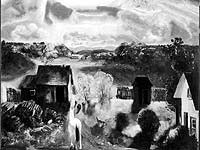
Mellow Bellows
May 7, 2003 -
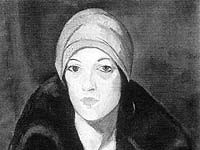
Art is long
Apr 2, 2003 -
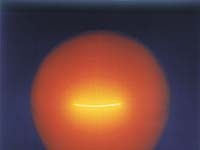
When art speaks louder than words
Mar 12, 2003 - More »
